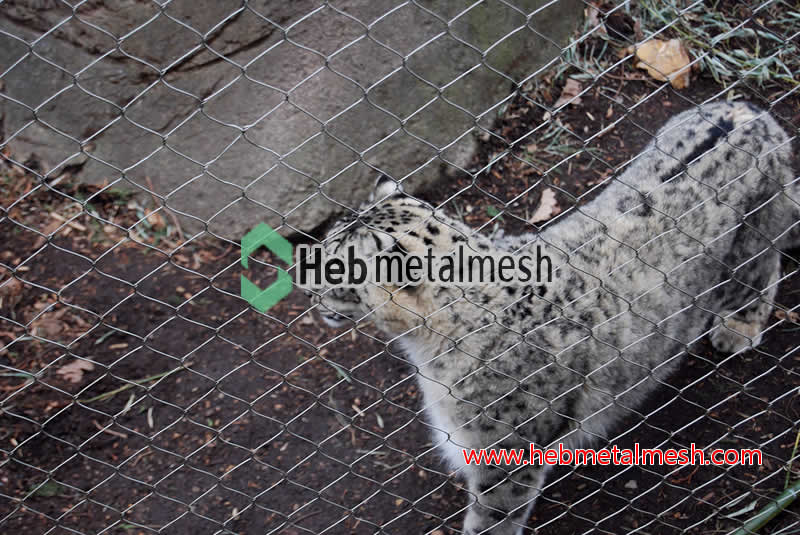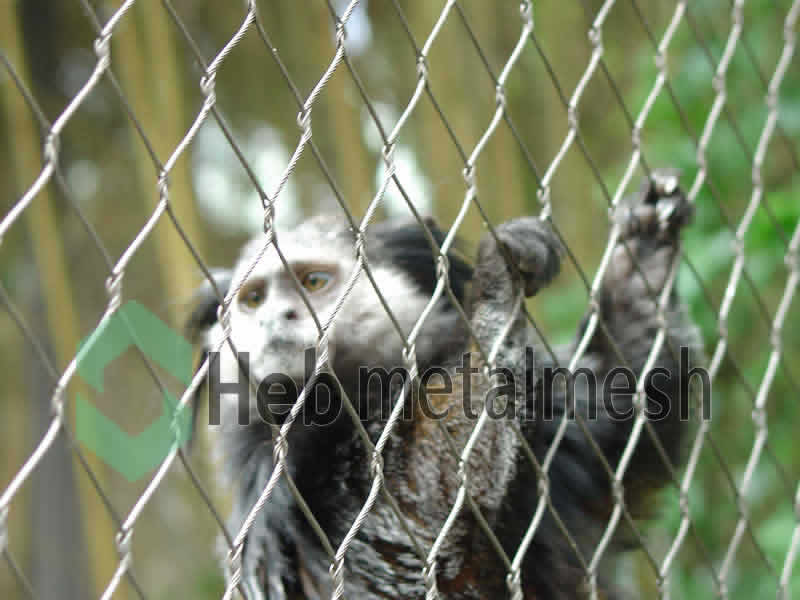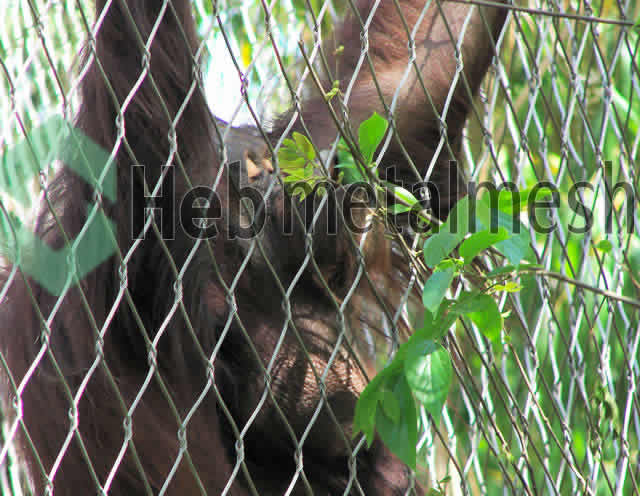Introduction to Snow Leopard Habitat
The snow leopard (Panthera uncia), a magnificent large cat, is renowned for its elusive nature and striking appearance, characterized by its thick, smoky-gray fur adorned with black rosettes. Native primarily to the rugged mountainous regions of Central and South Asia, these cats thrive in habitats that range from alpine meadows to rocky outcrops. The snow leopard habitat typically encompasses elevations between 3,000 to 5,500 meters, where harsh weather conditions and high altitudes create a unique ecological environment. Here, they prey on various ungulates and livestock, ensuring their role as apex predators while maintaining ecological balance within their ecosystems.
The mountainous regions that serve as the primary snow leopard habitat are not only essential for the leopards themselves but also support a rich biodiversity that includes various species of mammals, birds, and plants. This habitat’s complex topography offers numerous hiding spots, essential for the snow leopards when stalking their prey. However, these habitats are increasingly vulnerable due to several interlinked challenges, such as climate change, illegal hunting, and habitat destruction.
Human encroachment has further exacerbated the issues faced by snow leopards. As populations expand and agricultural practices intensify, open land is converted into human settlements or farmlands, encroaching on their natural territories. This not only diminishes the available snow leopard habitat but also increases conflicts between wildlife and humans, primarily through livestock predation. Conservation efforts are crucial to address these challenges, focusing on protecting the natural areas where these remarkable creatures reside. Initiatives aimed at wildlife preservation can help mitigate the threats posed by habitat loss and promote coexistence with local communities, ensuring that the snow leopard continues to thrive in its native environment.
Understanding the Importance of Habitat Protection
The snow leopard (Panthera uncia) is an iconic species primarily found in the mountain ranges of Central and South Asia. Protecting its habitat is not merely a conservation issue but also a necessity for maintaining biodiversity within these fragile ecosystems. Snow leopard habitat plays a critical role in supporting not only the species itself but also the myriad of organisms that coexist alongside it. These habitats, characterized by rugged mountains and expansive, alpine landscapes, serve as crucial venues for sustaining wildlife populations, ensuring a balanced ecosystem.
One of the most significant aspects of a healthy snow leopard habitat is its relationship with prey species such as ibex, markhor, and argali sheep. The snow leopards, as apex predators, rely on these animals for sustenance. Disturbance or degradation of their natural habitat can lead to a decline in prey populations, which, in turn, threatens the survival of the snow leopard. The intricate balance between predator and prey underscores how vital habitat protection is for the persistence of this magnificent feline.
Furthermore, healthy snow leopard habitats provide important ecosystem services, including water regulation, soil stabilization, and carbon storage. These services contribute to the livelihoods of local human populations, underscoring the interconnectedness of humans and wildlife. When snow leopard habitats are protected, not only do we safeguard the species itself, but we also enhance resilience to climate change, promote sustainable land use practices, and foster a sense of ecological stewardship within communities.
In essence, recognizing the importance of protecting snow leopard habitats is paramount. It enriches biodiversity, secures prey interactions, and maintains the ecological balance essential for numerous species. By prioritizing habitat conservation, we ensure a thriving environment not only for snow leopards but for the entirety of the mountainous ecosystems they inhabit.
Challenges Faced by Snow Leopard Habitat
Snow leopards, the majestic apex predators of the mountainous regions of Central and South Asia, face numerous challenges that threaten their habitats and overall survival. One of the most significant issues is climate change, which has been altering the snow leopard habitat by changing precipitation patterns and increasing temperatures. As snow and ice melt, the ecosystems that sustain these elusive cats are at risk, disrupting the prey dynamics and food availability essential for their survival. With a loss of habitat due to climate-related factors, snow leopards are forced into smaller and more fragmented territories, leading to increased competition for resources.
Furthermore, poaching presents a considerable threat to snow leopards. These animals are hunted not only for their valuable fur but also due to illegal trade and traditional medicine practices. The presence of poaching diminishes populations and exacerbates the already precarious state of their habitats. As poaching continues, local communities, who often rely on livestock for their livelihood, start experiencing conflicts with these predators. Such conflicts often result in retaliatory killings, further endangering the snow leopard species while also undermining the local ecosystem balance.
The fragmentation of snow leopard habitats is another challenge deeply interconnected with human activities, such as road construction, urban development, and agricultural expansion. These activities disrupt migration routes and isolate populations, making it difficult for snow leopards to find mates and maintain genetic diversity. As their habitats continue to shrink, the negative impacts can be felt by local communities as well, which rely on a healthy and biodiverse ecosystem for their sustenance and well-being. Effective conservation strategies must address these complex challenges, ensuring that snow leopards and the habitats they occupy can coexist with the local communities that share their environment.
Introducing Hebmetalmesh: A Solution for Habitat Preservation
Hebmetalmesh stands at the forefront of conservation technology with its specialized stainless steel netting solutions designed to protect and sustain vital ecosystems, including the snow leopard habitat. Founded with a commitment to environmental stewardship, the company aims to create innovative products that not only enhance the resilience of various habitats but also promote biodiversity.
With advanced engineering and a passion for wildlife preservation, Hebmetalmesh manufactures high-quality stainless steel netting that serves several purposes. These include protecting animal territories, preventing human-wildlife conflict, and facilitating conservation efforts. The robust nature of stainless steel ensures durability and resistance against the harsh environmental conditions typical of mountainous regions where snow leopards thrive. This reinforced netting is essential in safeguarding the delicate ecosystems and wildlife corridors crucial to the survival of the snow leopard.
In addition to manufacturing, Hebmetalmesh is dedicated to partnering with various organizations focused on wildlife conservation. Through collaborative efforts, the company seeks to provide customized solutions that effectively address the unique challenges faced in maintaining and preserving snow leopard habitats. Their mission extends beyond profit generation; it embodies a holistic approach to wildlife habitat preservation that incorporates sustainable practices and innovation.
The products that Hebmetalmesh offers are engineered to be eco-friendly and align with ongoing conservation efforts. By leveraging their state-of-the-art technology, they ensure that their netting solutions have minimal environmental impact while maximizing protection for threatened species like the snow leopard. As such, Hebmetalmesh exemplifies how industries can align their operations with ecological conservation objectives, marking a step forward in preserving the natural habitats of endangered wildlife.
The Advantages of Stainless Steel Netting in Habitat Protection
Stainless steel netting has emerged as a vital tool in the conservation of snow leopard habitat. One of its most significant advantages is its durability. Unlike other materials, stainless steel is resistant to corrosion, ensuring a long lifespan even in the harsh environmental conditions typical of mountainous regions where snow leopards thrive. This durability means fewer replacements over time, making it a cost-effective solution for conservationists striving to protect vital ecosystems.
In addition to its strength, stainless steel netting offers exceptional flexibility. This adaptability allows for its installation in various terrains, from steep cliffs to rugged valleys, where snow leopards are commonly found. By conforming to the contours of the landscape, stainless steel netting can effectively safeguard vulnerable areas while minimizing disruptions to the natural environment. This feature is crucial as it helps in maintaining the ecological balance essential for the well-being of snow leopards and their prey.
Another notable benefit is the resistance of stainless steel netting to extreme weather conditions. Snow leopards inhabit regions that experience severe temperatures, heavy snow, and strong winds. The resilience of stainless steel ensures that the netting can withstand these environmental challenges without weakening or becoming ineffective. As a result, this material provides a reliable barrier against poachers and other threats, contributing significantly to the preservation of snow leopard habitats.
Moreover, stainless steel netting does not interfere with the movement of wildlife, unlike more rigid structures that could obstruct natural migration patterns. By allowing the free passage of both snow leopards and other species, it supports biodiversity within these habitats. Consequently, the integration of stainless steel netting represents a strategic, eco-friendly approach to conservation efforts aimed at protecting the delicate ecosystems that snow leopards call home.
Flexible Handwoven Stainless Steel Netting: A Game Changer
The preservation of the snow leopard habitat has garnered increasing attention, particularly in the context of advancing conservation strategies. One of the most innovative solutions emerging in this regard is the use of flexible handwoven stainless steel netting, particularly products from Hebmetalmesh. These sophisticated materials are engineered to serve a dual purpose: protecting the snow leopards’ territories while facilitating their natural movement.
Traditional barriers often disrupt wildlife corridors, adversely affecting animal behavior and leading to habitat fragmentation. However, the flexible nature of stainless steel netting addresses these concerns by allowing for the seamless integration of protective measures without obstructing the essential roaming routes necessary for snow leopards. This is particularly critical given the topography of their mountainous habitats, where rugged terrains necessitate robust yet adaptable solutions.
Hebmetalmesh’s handwoven stainless steel netting exhibits remarkable durability, capable of withstanding harsh climatic conditions and potential physical threats. This resilience ensures that conservationists can deploy these barriers effectively within sensitive areas of the snow leopard habitat, safeguarding both the snow leopards and their prey from illegal poaching and other human-induced threats. The lightweight yet strong composition also means that installation is less invasive to the environment, further preserving the integrity of these vital ecosystems.
Moreover, the transparency of the netting minimizes visual obstruction. Snow leopards, known for their adept hunting capabilities and solitary behaviors, benefit from an unobstructed field of view as they navigate their surroundings. This ingenious application of handwoven stainless steel netting thus represents a forward-thinking approach in conservation efforts, fostering a synergy between wildlife protection and ecosystem health.
The Production Process of Hebmetalmesh Products
The production of Hebmetalmesh products represents a meticulous balance of advanced technology and skilled craftsmanship aimed at creating netting that serves essential roles in wildlife conservation, particularly in the preservation of the snow leopard habitat. The process begins with the selection of high-quality stainless steel, a material renowned for its durability and resistance to environmental wear, ensuring that the netting can withstand harsh climatic conditions found in mountainous terrains where snow leopards reside.
Once the raw materials are secured, they undergo various stages of processing, including cutting, shaping, and weaving. The cutting stage involves precision machinery that ensures the steel wires are of uniform size and strength, which is crucial for maintaining the structural integrity of the netting. In the shaping process, the wires are formed into the desired dimensions, allowing for customization according to specific wildlife conservation needs. The weaving phase utilizes state-of-the-art techniques that intertwine the wires to create a robust netting framework, capable of providing secure enclosures for wildlife protection.
Quality control is an integral part of the production process at Hebmetalmesh. Each batch of netting is subjected to rigorous testing to measure its tensile strength and durability, ensuring that it meets the high standards necessary for effective use in safeguarding snow leopard habitats. Inspections are conducted at multiple stages of production to identify any potential defects early on. These quality assurance measures not only enhance the reliability of the netting but also contribute to the overall success of wildlife conservation efforts, allowing for a safer environment for endangered species. Through this commitment to excellence, Hebmetalmesh plays a significant role in upholding the integrity of natural ecosystems and supporting conservationists in their missions.
Case Studies: Successful Applications of Stainless Steel Netting
Stainless steel netting has emerged as an innovative solution for the preservation of snow leopard habitat, effectively addressing the challenges posed by human encroachment and livestock grazing. Several case studies highlight the successful application of Hebmetalmesh’s stainless steel netting in protecting these majestic felines and their environment.
One notable example is in the Ladakh region of India, where local conservationists faced increasing conflict between snow leopards and herders. To mitigate this, the implementation of stainless steel netting around vulnerable livestock corrals significantly reduced predation rates. In this case, the netting not only safeguarded the livestock but also fostered a coexistence strategy between the herders and the snow leopards, thus reinforcing the integrity of the snow leopard habitat.
Another successful application occurred in the mountainous terrains of Nepal, where habitat fragmentation posed serious threats to the snow leopard population. Conservation teams utilized Hebmetalmesh’s stainless steel netting to protect important migration routes and core breeding areas from human disturbance. The durable and weather-resistant material proved to be extremely effective, as it withstood harsh climatic conditions while providing a secure barrier against poaching and habitat encroachment. The project led to a noticeable increase in the presence of snow leopards, indicating a successful restoration of their habitat ecosystem.
Lastly, in Mongolia, a comprehensive project focused on landscape connectivity incorporated stainless steel netting to enhance and maintain key wildlife corridors. By preventing livestock from grazing in these critical areas, the project ensured that the snow leopard’s natural habitat remained intact and connected. The positive results, which include observable increases in prey availability, demonstrate the impact of effective barrier solutions on preserving the delicate balance of the snow leopard habitat.
Conclusion
The future of snow leopard habitats remains precarious, with ongoing threats such as climate change, habitat loss, and human-wildlife conflicts challenging the survival of this unique species. As apex predators, snow leopards play a crucial role in maintaining the ecological balance of their mountainous environments, making their conservation imperative not just for their own sake, but for the health of entire ecosystems. Efforts to protect these majestic cats and their habitats must be prioritized, and innovative solutions are essential in these endeavors.
One significant advancement in the conservation toolkit is the use of stainless steel netting, such as that offered by companies like Hebmetalmesh. This technology provides an effective barrier that can help mitigate human-wildlife conflicts, thereby promoting coexistence in shared landscapes. By preventing livestock predation, these products can reduce retaliation against snow leopards by local communities, thus fostering a more harmonious relationship between people and wildlife. Moreover, the durable nature of stainless steel nets ensures that protections for snow leopard habitats are sustainable and long-lasting, contributing to enhanced conservation strategies in the region.
It is crucial for global communities, conservationists, and governments to collaborate in supporting initiatives that safeguard snow leopard habitats. This includes implementing community-based conservation programs, raising awareness about the significance of preserving these unique ecosystems, and leveraging technology for effective monitoring and protection. Engaging the public through education and outreach efforts can foster a sense of responsibility towards these rare animals and their environments.
In conclusion, the fate of snow leopards greatly depends on our collective commitment to conservation. By championing sustainable practices and utilizing innovative products, we can significantly impact the protection of snow leopard habitats, ensuring that future generations have the opportunity to witness these extraordinary creatures in the wild.
FAQs: Snow Leopard Habitat
A1: Stainless steel offers unparalleled strength and chew-resistance, essential for creating a secure and durable containment mesh for snow leopard habitats that can withstand their powerful nature.
A2: Yes, we manufacture custom-fabricated stainless steel mesh for snow leopard enclosures, providing tailored panels and rolls to meet the exact specifications of your new habitat construction.
A3: Our mesh features robust, smooth welds, creating a safe and climb-resistant mesh for snow leopard habitats that prevents injury to paws and claws while supporting their natural behaviors.
A4: Absolutely. Its exceptional corrosion resistance makes it perfect for weather-resistant barrier mesh for outdoor snow leopard habitats, reliably performing in snow, rain, and extreme temperature shifts.
A5: The black oxide stainless steel mesh for snow leopard enclosures provides a low-glare, natural aesthetic that blends into rocky environments, reducing visual impact for both the animals and visitors.


